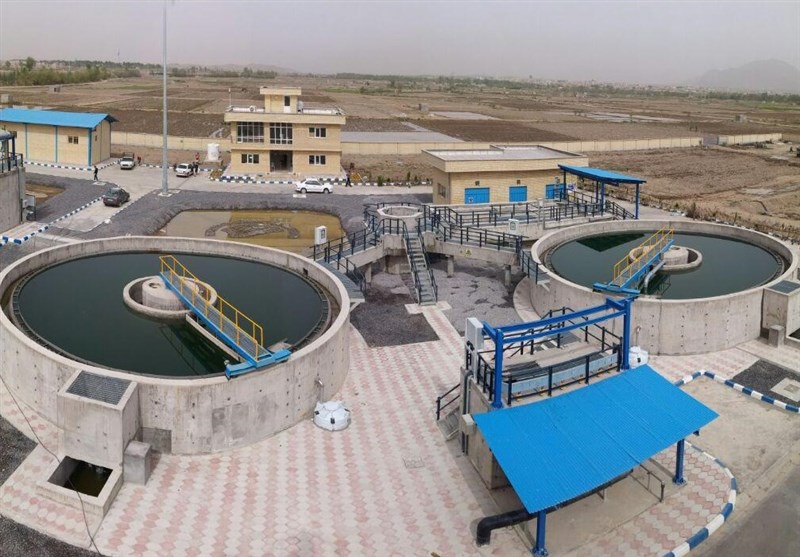Projects Underway to Help Tackle Water Shortage in Iran

EghtesadOnline: Energy Minister Reza Ardakanian announced signing 30 deals on water treatment projects to tackle dwindling water resources.
"All the contracts are buyback agreements, of which 11 have so far been implemented across the country," Ardakanian was also quoted as saying by Paven, the Energy Ministry's news portal.
The minister noted that such contracts can expedite the government's plans to solve the water crisis.
Ardakanian said the government is ready to turn over the construction, financing and operation of water projects to the private sector, adding that these projects will focus on drought-hit regions, according to Financial Tribune.
Buyback agreements are essentially service contracts under which the contractor is paid back through the allocation of a portion of output.
"Over 7.5 billion cubic meters of usable water are annually produced in the country, of which 4.3 bcm are wasted," he said.
"While the country is grappling with decreasing water resources, less than 25% of wastewater are recycled."
The minister noted that some 1 bcm of wastewater are treated and injected into the water network, which is not acceptable.
Private Sector
Referring to the central Yazd Province, he said, "Over 804 projects on water, wastewater, electricity and renewables are underway in the province."
Ardakanian noted that the ventures, worth 18.4 trillion rials ($428 million), are geared toward reducing dependence on water resources.
The city, 630 km southeast of Tehran, is situated between the two deserts of Dasht-e Kavir and Dasht-e Lut, the latter known as one of the hottest places on earth.
Yazd's wastewater network has been constructed with the help of private sector investors who are allowed to use treated wastewater for agriculture or in the factories.
Referring to the unprecedented decline in the country's precipitation, the minister added that treatment of wastewater is the most effective solution to manage water demand.
The precipitation rate since the beginning of the current water year (started Sept. 23, 2017) has stood at an average of 167.6 millimeters, indicating a drop of 30.7% compared with last year’s corresponding period.
Located in one of the world’s most water-stressed regions, Iran’s average precipitation rate has been lower than the global average for at least 10 years. Some experts and environmentalists denounce a widely-held notion that chronic water shortages can only be alleviated by higher precipitation.
Ardakanian said wastewater treatment is the best approach to manage the issue.
He had previously said each cubic meter of wastewater could lead to the pollution of 40 cubic meters of usable water, stressing that in case measures are not taken, Iran will face an irremediable challenge.
Currently, 184 wastewater treatment plants with an annual output of about 1.2 billion cubic meters are operating in the country.
"Out of Iran's total urban population, 47.6% have been connected to wastewater networks," he said.
According to Ardakanian, over 34 million people in 300 cities are facing water problems, 17 million of whom are living in areas with alarming water situations.
This means that the expansion of wastewater treatment plants is lagging behind the development of wastewater networks.


